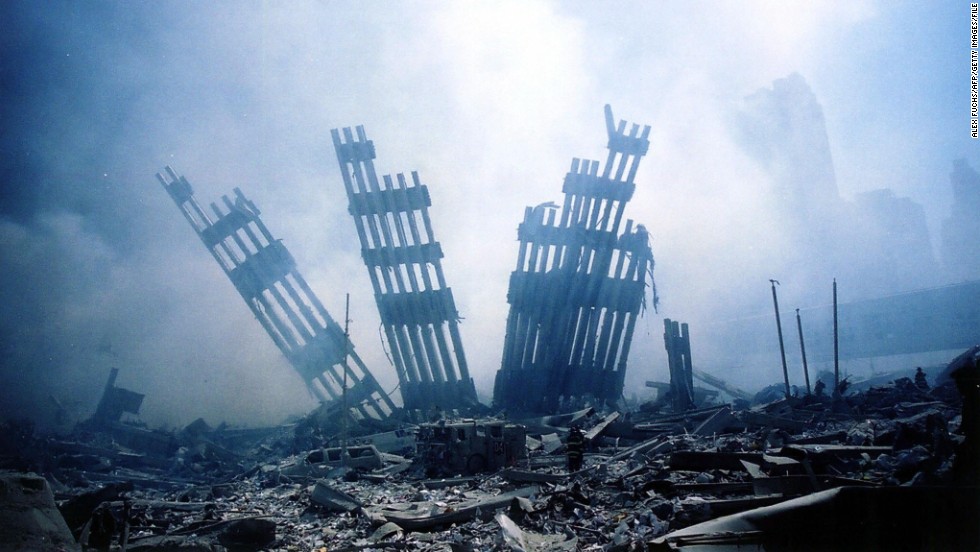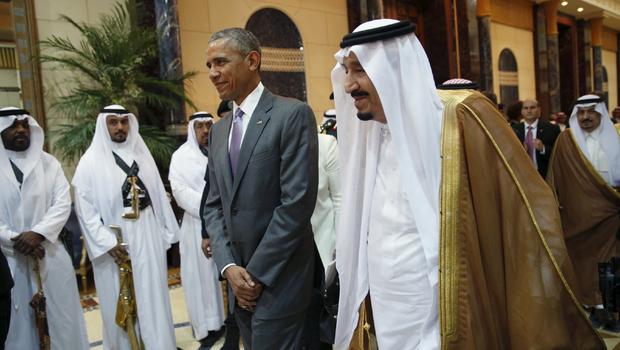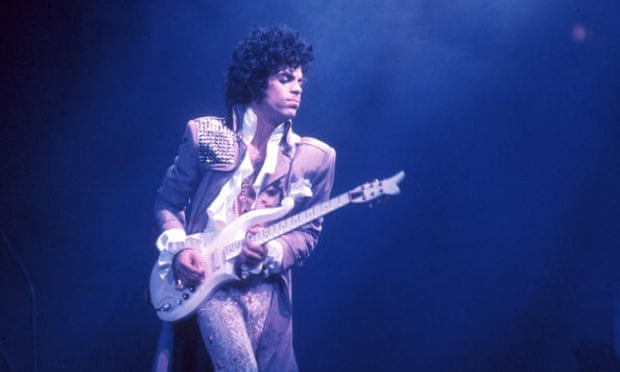By Andrew C. McCarthy — April 23, 2016

The 9/11 attacks were not civil torts. They were acts of war. It is important to keep that fact in the front of our minds as we press for long-overdue disclosure of evidence linking the Saudi Arabian government to the mass murder of nearly 3,000 Americans, to say nothing of the even more overdue investigation of Iran’s contributory role — an investigation that should have been in high gear immediately after the planes struck their targets.
Over the years in these pages, we have catalogued the damage done to national security by regarding international terrorism as a mere law-enforcement problem — the 1990s Clinton counterterrorism paradigm that President Obama has gradually reinstated. We haven’t much considered, though, another problem with thinking about violent jihadism as a litigation matter: It leads us to lose perspective about who was attacked, and why.
Much as our hearts ache for the victims whose lives were lost, and for the families whose lives were ripped apart, 9/11 was not principally an attack on the victims and their families. It was an attack on the United States of America. It was a stealth combat operation against the American people, all of us, by foreign enemies who had quite publicly declared war on our nation. Those killed and wounded are more accurately thought of as casualties than as victims.
This is why it is so unfortunate that the drive to get public accountability for the attacks has been intertwined with the effort to get financial compensation for the families by way of civil lawsuits against complicit nations.
Don’t get me wrong: All of us should demand that state sponsors of terrorism be made to pay dearly for their atrocities – although, for reasons I’ll get to in a bit, legislation permitting victims to sue is a counterproductive way to go about this. But for all the incalculable pain and suffering inflicted on our fallen fellow Americans and their families, the laudable desire to see them awarded hefty money damages is, at best, a secondary priority.
The national security of the United States demands that we endeavor to understand why and how the 9/11 attacks happened as well as what kind of relations we should have, all these years later, with nations that were culpable.
In just the last few days, as Tom Joscelyn reports, the Obama administration has transferred from Guantanamo Bay to Riyadh nine more hardcore anti-American Yemeni detainees – notwithstanding that al-Qaeda’s most capable franchise (al-Qaeda in the Arabian Peninsula) has alarmingly expanded its safe haven in Yemen. Meanwhile, we learn in a jaw-dropping Wall Street Journal dispatch, the administration has announced that it will purchase from Iran tons of heavy water (used in developing plutonium bombs). In one fell swoop, Obama thus cures yet another Iranian violation of his vaunted nuclear deal (so soon after Iran tested ballistic missilesfestooned with vows to destroy Israel); subsidizes Iran’s nuclear program; legitimizes Iran’s heavy-water production (i.e., its plutonium R&D) by encouraging other nations to engage in similar commerce; and apparently structures an infusion of multi-millions of American dollars into a country he promised Congress would continue to be precluded from access to our economy.
I know, I know: Obama is incorrigible. There is no American national-security interest that would be allowed to take precedence over his legacy hunt. He is determined to be remembered by the global Left – the only audience that matters – as the president who shut down Bush’s Gitmo gulag; and if Congress won’t cooperate by transferring anti-American jihadists to stateside prisons, then he will simply empty Gitmo by transferring the jihadists back to the jihad. And we have seen time and again that he is desperate to sustain his historic “achievement” in striking the Iran nuclear deal, no matter how often Tehran humiliates him.
Nevertheless, we will have a new president soon (albeit not soon enough). That president will have to decide the nature of our relations with the Saudis and Iranians. Assuming that, unlike Obama, the next president figures there should be a rational connection between how we engage a country and how much it threatens our interests, the facts about Saudi and Iranian complicity in the anti-American jihad must be known. More to the point, the American people are entitled to be able to weigh those facts in choosing the next commander-in-chief.
As I outlined last week, there is extensive evidence of complicity by high levels of the Saudi government in the 9/11 attacks. There is, moreover, compelling evidence of Iranian complicity.
Iran had an alliance with al-Qaeda beginning in the early 1990s. It principally included training by Hezbollah (the Beirut-based terrorist faction created and controlled by Iran’s Islamic Revolutionary Guard Corps) and such joint ventures as the 1996 Khobar Towers attack, in which 19 U.S. airmen were killed (and the FBI’s investigation of which was obstructed by the Saudi government). Toward the conclusion of its probe (and thus without time to investigate the matter fully), the 9/11 Commission learned that Iran had provided critical assistance to the suicide hijackers by allowing them to transit through Iran and Lebanon as they moved from obtaining travel documents in Saudi Arabia (Saudi passports and U.S. visas) to training for the attacks in al-Qaeda’s Afghan safe havens.
Indeed, we now know that Iran’s assistance was overseen by none less than Imad Mugniyah, the now-deceased Hezbollah master terrorist who spent much of his life killing Americans, most notoriously in the Beirut marine-barracks bombing in 1983, and almost certainly at Khobar Towers. In October 2000, Mugniyah went to Saudi Arabia to “coordinate activities” (as the 9/11 Commission put it) with the suicide hijackers. (See 9/11 Commission Report at page 240, as well as affidavits of former CIA officers and a 9/11 Commission staffer, here and here). Thereafter, Mugniyah and other senior Hezbollah members accompanied the “muscle hijackers” on flights through Iran and Lebanon.
By enabling the hijackers to cross through these countries without having their passports stamped – an Iranian or Lebanese stamp being a telltale sign of potential terrorist training – Iran made it much more likely that the jihadists’ applications for Saudi passports and U.S. visas would be approved, as they were. That is why, on the topic of potential Iranian complicity in the plot, the 9/11 Commission wrote, “We believe this topic requires further investigation by the U.S. government.”
The plea has fallen on deaf ears. In fact, thanks to Obama’s Iranian nuclear deal, our government is no longer content to be willfully blind; it is knowingly and materially supporting Tehran’s terror promotion, to the tune of tens of millions of dollars.
Will we ever get accountability?
The prospects are not promising at the moment. As noted above, legislation has been proposed by Senators John Cornyn (R., Texas) and Chuck Schumer (D, N.Y.) to allow 9/11 families to sue the Saudis. Unfortunately, this Cornyn-Schumer bill has gotten itself tied to the effort to get disclosure of the 28 pages on Saudi complicity in 9/11 from Congress’s 2002 report.
The Saudi government has threatened to destabilize the U.S. economy by dumping up to $780 billion in dollar-denominated assets if the kingdom is made liable to suit. They are probably bluffing. It is doubtful that they actually hold assets in that amount, and even if they sold off whatever they have, they are likely exaggerating the amount of havoc it would wreak. Still, the threat has given Obama the fig leaf he needs not only to threaten a veto of the legislation but to continue suppressing the long-sought 28 pages.
The two issues must be de-linked. The development of a truly definitive public accounting of the nations and terrorist organizations that colluded in acts of war against the United States should have nothing to do with whether the 9/11 families are given a legal basis to sue foreign sovereigns. Even if the two things were necessarily connected – and they’re not – it would be the legislation, not publication of the 28 pages, that should be dropped.
Civil lawsuits by victims are no more a serious response to wartime aggression than are grand-jury indictments. A great nation does not react to acts of war by issuing court process.
Furthermore, permitting such lawsuits (a) encourages other nations to subject the United States to lawsuits for legitimate actions taken in our national defense; and (b) consigns the conduct of the most delicate foreign-policy matters to the vagaries of litigation presided over by the judiciary – the branch of government that lacks constitutional responsibility, political accountability, and institutional competence for managing international affairs and national security.
Of course our government should pressure rogue regimes to compensate victims of terrorism. The political branches of government that are actually responsible for foreign affairs should demand that any nation complicit in the 9/11 attacks provide a fund for the families. It is feckless, however, to punt that job to the courts. Unlike the president and Congress, judges are powerless to enforce their writs against, or otherwise credibly threaten, hostile foreign sovereigns.
That, however, is the least of our problems. First, we need to find out exactly what happened in the lead-up to and aftermath of 9/11. (Post-9/11, Iran harbored al-Qaeda as the terror network fled invading U.S. forces.) Then, we need to define our engagement with Saudi Arabia and Iran in accordance with what they have done and who they actually are – not who Obama and the bipartisan foreign-policy establishment fantasize they could become.
So let’s get the facts . . . finally.
— Andrew C. McCarthy is a senior policy fellow at the National Review Institute and a contributing editor at National Review.


